The bindings are a critical part of how comfortable a snowboarder is going to be riding and they will greatly affect the rider’s performance. When buying bindings there are three basic things you will want to look for; they need to be durable, they need to be comfortable, and they need to be easy to use.
There are many parts of the binding that will play in to these factors and it is helpful to know about them when looking to buy a pair. First off there is the ratchet. The ratchet has a throw arm that the rider will use to crank the straps down tight and release when they need to step out. As you go up in price the ratchet systems will become much smoother and will catch less. They will be easier to use and they will weigh less. The more expensive ratchets will weigh less because they will be made out of titanium, magnesium or possibly just a lighter aluminum.
The next essential part of the biding to know about are the straps. Once again the higher in price the straps are the better performance they will put out and be much higher quality. The ankle strap should have some kind of 3D contouring to it, which means it should have a pre-molded curvature to fit the boot better. This pre curvature will reduce crimping and bunching of the material which can cause much discomfort.
Most toe straps today will either be a toe cap, which will be designed to sit over the front of the boot, or they will be a hybrid strap that can be used in both the traditional style, laying over the boot, or as a toe cap. Toe cap toe straps are more beneficial because they will pull the boot back into the binding so it will sit more snugly in the heel cup of the binding. This will give the rider better response from the board and will allow for the ankle strap to be ridden a little more loosely so there will be more circulation in the foot keeping it warmer.
The highback is what’s going to promote heel side turning and carving. Traditional highbacks are basically straight up and down. Most will have a central core or spine that will promote really good response. All highbacks will have a forward lean adjuster. This will contribute to heel side response even further, but how much forward lean the rider wants will depend on their riding style. In the terrain park a rider will want a more natural feel with the highback mostly straight up and down. But for a freerider or even someone who will be in the pipe, more forward lean will enhance their riding. Companies are now angling their highbacks to better match the angle of the riders legs. This will put more of the highback directly behind the rider’s leg giving them more control and comfort.
The materials used in highbacks can vary a lot. Some will be made of urethane, which is a soft compound generally found in skateboard wheels. Urethane will promote flex, which freestyle riders or beginners will like. On cheaper bindings the highbacks will mostly be made of plastic. Higher end bindings will mostly have some sort of carbon layup. Carbon is a rigid material and won’t have much flex making it much more responsive. Carbon is also very light which will be a big factor in the overall weight of the entire binding.
Every other part of the binding is essentially surrounding the baseplate. The baseplate is what connects the binding to the snowboard. Many companies will focus on padding in the baseplate and the foot bed for the riders comfort. This should be a big factor in deciding which binding is best. A lot of companies will now offer lifetime warranties on their baseplates. This is because in recent years most companies have switched to high-tech plastics and a lot of them are even being infused with carbon and fiberglass. This will not only strengthen the baseplate but it will decrease the weight and increase the rigidity of the binding.
Most baseplates will now be padded on both the top and the bottom. The higher quality bindings will have more padding on the baseplate. Padding will absorb a lot of impact from jumps and vibration from rough terrain. This will make for an easier ride preserving a lot of energy and it will be easier on the snowboarder’s body making them more comfortable and cutting down on aches and pains. If bindings have padding on the bottom sometimes it will be a thin sheet of rubber or it could be bushings on the four corners of the binding. Padding on the bottom of the binding will help to allow the board to flex more naturally under the binding. Bindings can sometime create a flat dead spot directly underneath them that will restrict torsional flex. Padding will help to allow the board to flex more evenly.
Another feature that most newer models of bindings will include is toolless adjustments. A lot of times a binding will require small tweaks and some readjusting once the boot has had a chance to settle in after a few runs. Toolless adjustments allows these changes to be made easily in seconds without having to stop, unstrap and pull out a wrench. Most toolless adjustments will be on the straps but some binding models will be entirely toolless.
Each brand will have its own variations in technology and options available on their bindings that will help increase performance, comfort and ease of use. An example of this includes bindings such as the Ride Contrabands. These bindings will have an anodized aluminum baseplate which will make them much lighter and a wedgie footbed which is slanted for riding comfort. The most noticeable difference of the Contraband is the single ratchet strap in system. Ride replaced the toe strap with a V shaped strap that is connected to the base of the binding and the ankle strap for a quick in and out.
K2 has a couple variations of their own single ratchet systems. The first is called the Auto which has a traditional toe strap but is tightened by a cable that is connected to the ankle strap. So both the ankle and the toe straps are tightened at once with the ankle ratchet. The K2 Cinch bindings don’t require any ratcheting once they are adjusted correctly because they have a highback that folds down and ankle straps that will lift up. This allows to easily place your boot in the binding and will still provide a tight and secure hold when the highback is folded back up.
A more well known brand for fold down highbacks are Flow bindings. Flow bindings have connected straps that will sit on top of the boot. The purpose of the binding is for more convenience in stepping out. They will work particularity well for beginners that will be in and out of their bindings a little more frequently or older riders who aren’t able to bend down as much.
One final thing to be sure to be aware of when buying bindings and a board is the mounting system. Most boards and bindings will have a four whole set up, but Burton bindings will either have a Channel or a three whole mounting system. Baseplates can be bought to fit these bindings to any board, but just be aware that there are these differences when buying your gear.

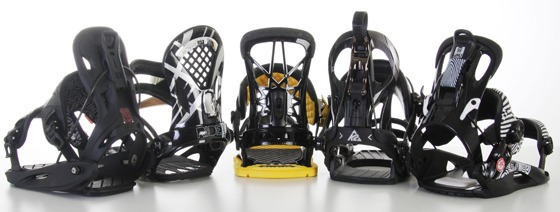


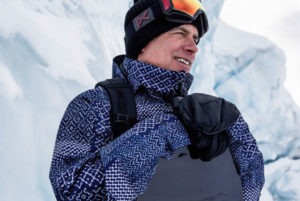

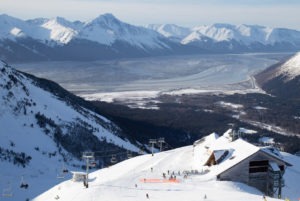

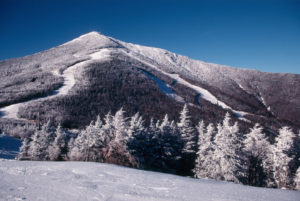
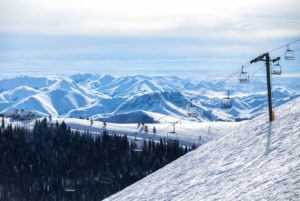
Thanks for the post, how can I subscribe to your RSS?
[…] more laps you’ll get in on the mountain. Check out some of the latest industry tech and see why buying a pair of bindings is more than about color and size. That logic drives several companies, including Gnu, Flow, K2 and […]